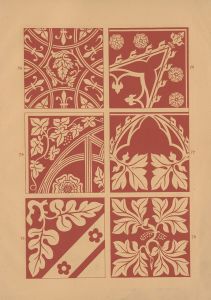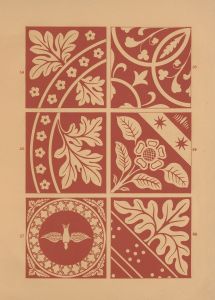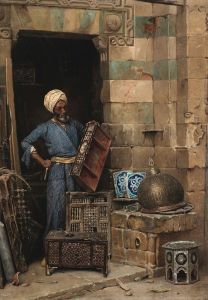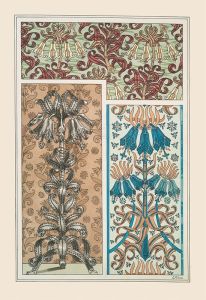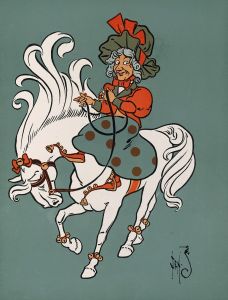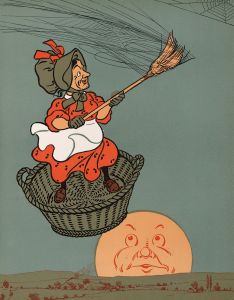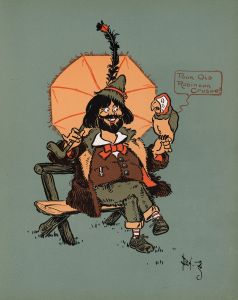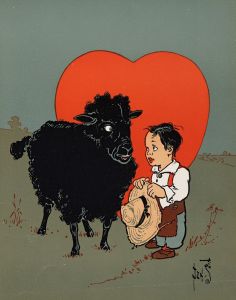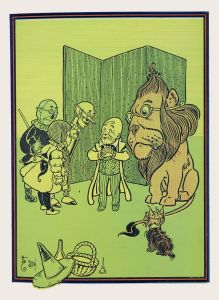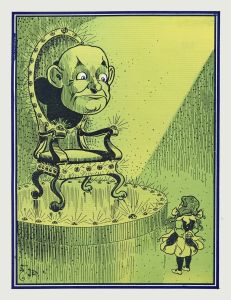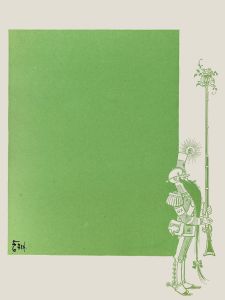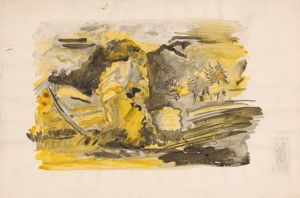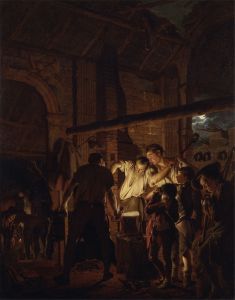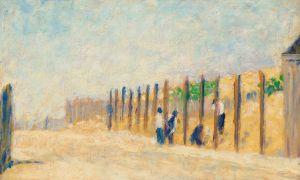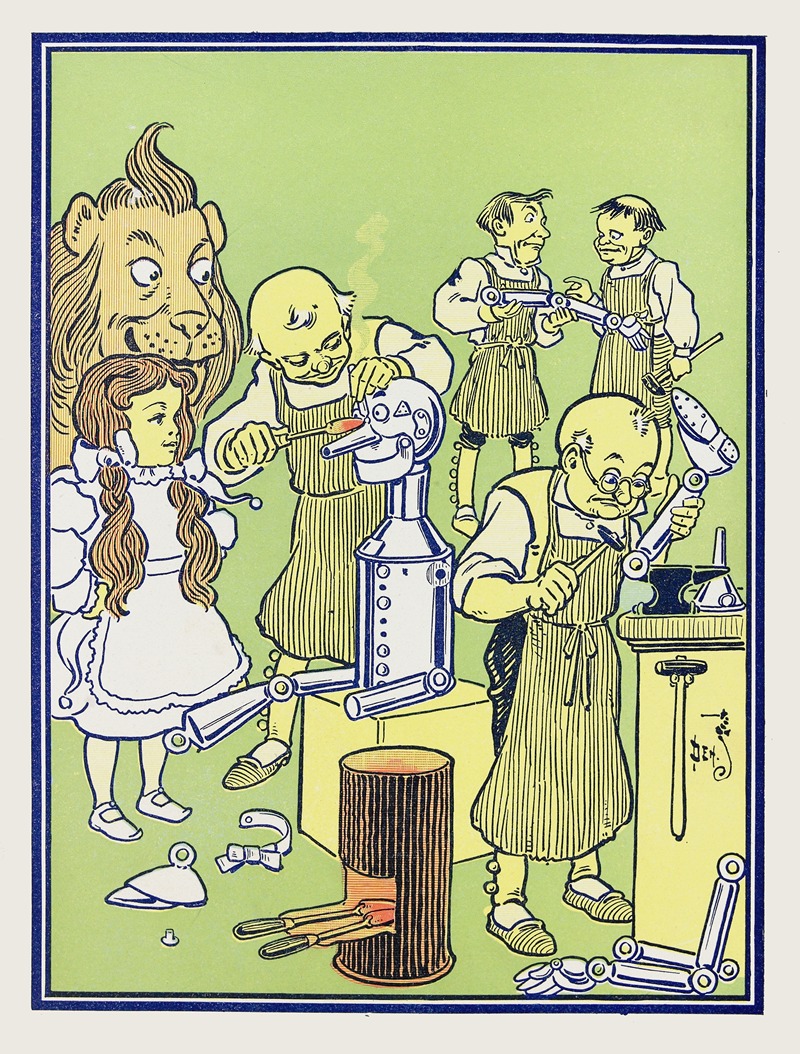
The Tinsmiths worked for three days and four nights
A hand-painted replica of William Wallace Denslow’s masterpiece The Tinsmiths worked for three days and four nights, meticulously crafted by professional artists to capture the true essence of the original. Each piece is created with museum-quality canvas and rare mineral pigments, carefully painted by experienced artists with delicate brushstrokes and rich, layered colors to perfectly recreate the texture of the original artwork. Unlike machine-printed reproductions, this hand-painted version brings the painting to life, infused with the artist’s emotions and skill in every stroke. Whether for personal collection or home decoration, it instantly elevates the artistic atmosphere of any space.
William Wallace Denslow (1856-1915) was an American illustrator and caricaturist, best known for his collaboration with author L. Frank Baum on "The Wonderful Wizard of Oz." Among his various works, one notable piece is "The Tinsmiths worked for three days and four nights." This artwork reflects Denslow's distinctive style, characterized by bold lines and vibrant colors.
Denslow's career began in the late 19th century, and he quickly gained recognition for his illustrations in newspapers and books. His partnership with Baum on the Oz series brought him significant acclaim, and his illustrations became iconic representations of the beloved characters. However, Denslow's work extended beyond the Oz series, encompassing a variety of subjects and themes.
"The Tinsmiths worked for three days and four nights" is an illustration that showcases Denslow's ability to capture detailed scenes with a sense of whimsy and narrative depth. The artwork depicts tinsmiths engaged in their craft, working diligently over an extended period. This piece exemplifies Denslow's talent for creating dynamic compositions that tell a story through imagery.
Denslow's illustrations often featured a blend of realism and fantasy, a style that resonated with both children and adults. His attention to detail and use of color made his work stand out in the crowded field of early 20th-century illustration. In "The Tinsmiths worked for three days and four nights," Denslow's skillful use of line and color brings the scene to life, allowing viewers to immerse themselves in the world of the tinsmiths.
Throughout his career, Denslow's work was published in various formats, including books, magazines, and newspapers. His illustrations were not only visually appealing but also contributed to the storytelling, enhancing the reader's experience. Denslow's ability to convey emotion and action through his art made him a sought-after illustrator during his time.
Despite his success, Denslow's career had its challenges. His partnership with Baum eventually ended due to financial disputes, and Denslow struggled to replicate the same level of success on his own. Nevertheless, his contributions to the field of illustration remain significant, and his work continues to be appreciated by art enthusiasts and historians alike.
"The Tinsmiths worked for three days and four nights" is a testament to Denslow's artistic prowess and his ability to create engaging and memorable illustrations. While specific details about the context or commission of this particular piece may not be widely documented, it stands as an example of Denslow's enduring legacy in the world of illustration.
In summary, William Wallace Denslow's "The Tinsmiths worked for three days and four nights" is a notable work that highlights his unique style and storytelling ability. Denslow's contributions to illustration, particularly through his collaboration with L. Frank Baum, have left a lasting impact on the field, and his work continues to be celebrated for its creativity and charm.





